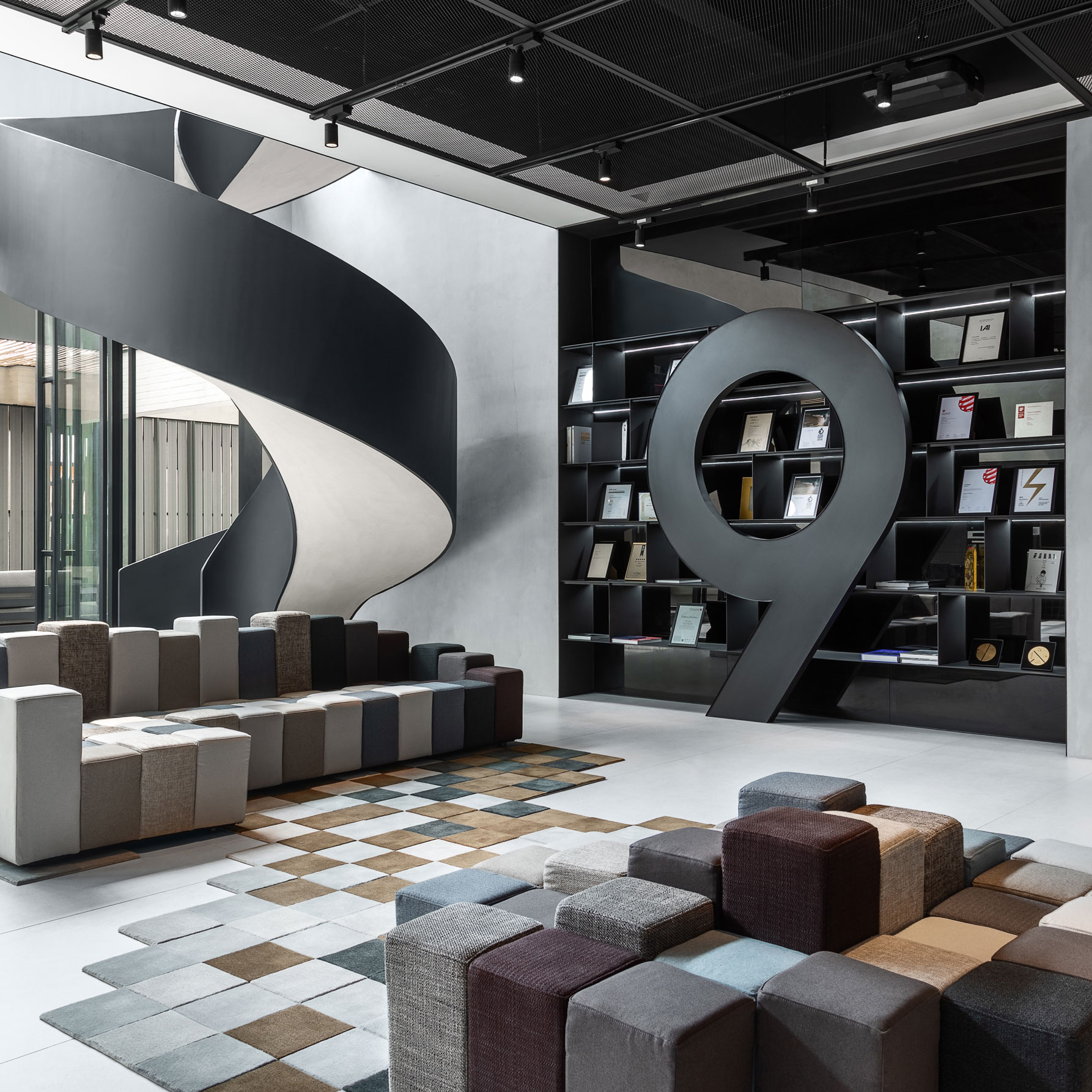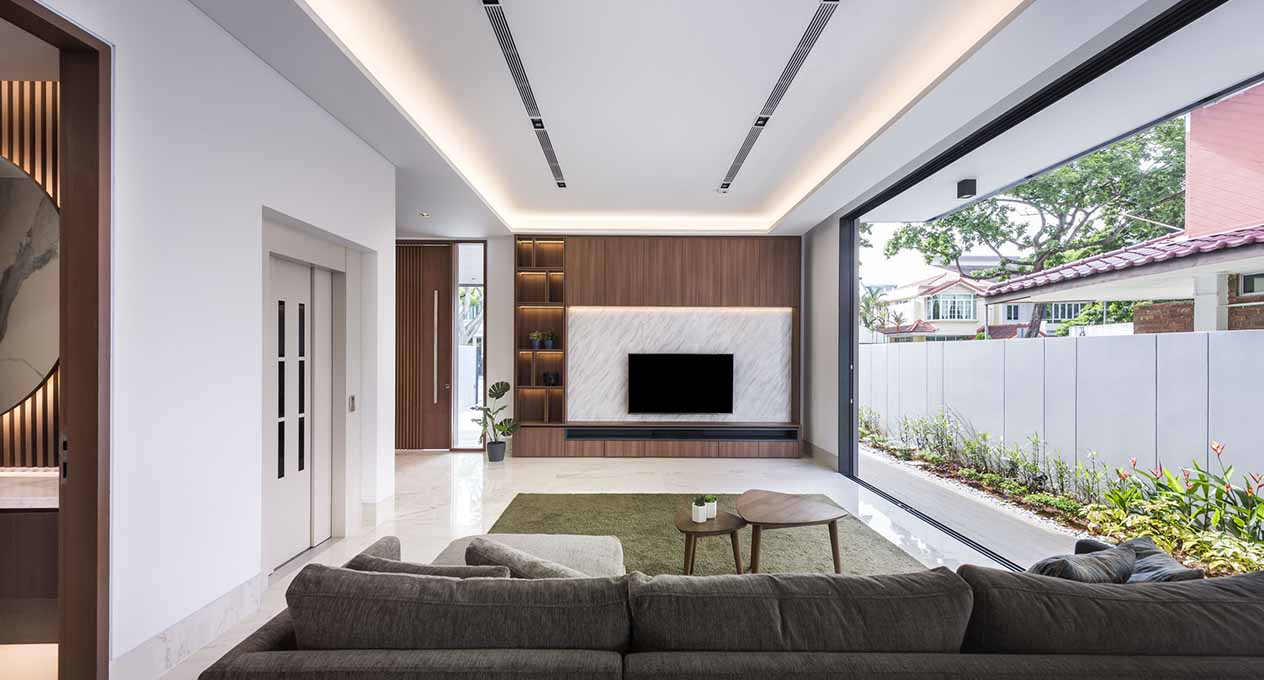Modern Sustainable Architects in Hampshire Specializing in Sustainable Homes
The Art of Equilibrium: How Interior Design and Home Designer Collaborate for Stunning Outcomes
In the world of home style, striking a balance between appearances and capability is no small accomplishment. This delicate balance is accomplished via the unified partnership between interior developers and designers, each bringing their special knowledge to the table. The result? Rooms that are not just aesthetically stunning however additionally incredibly habitable. Nevertheless, this excellent blend is not always simple to acquire. Stick with us as we discover the complexities of this joint procedure and its transformative effect on home design.
Understanding the Core Distinctions In Between Inside Style and Home Style
While both Interior Design and home style play crucial functions in developing aesthetically pleasing and useful spaces, they are naturally various self-controls. Home design mostly concentrates on the structural elements of the home, such as constructing codes, safety policies, and the physical building of the space. It handles the 'bones' of the structure, collaborating with spatial measurements, bearing walls, and roof designs. On the various other hand, Interior Design is much more concerned with boosting the sensory and aesthetic experience within that structure. It involves choose and arranging furnishings, choosing color design, and integrating ornamental elements. While they function in tandem, their duties, responsibilities, and areas of competence split dramatically in the creation of an unified home setting.
The Harmony In Between Home Style and Inside Design
The harmony between home architecture and Interior Design lies in a common vision of design and the improvement of functional visual appeals. When these two areas straighten harmoniously, they can transform a living area from normal to extraordinary. This cooperation needs a deeper understanding of each self-control's principles and the capability to produce a cohesive, cosmetically pleasing setting.
Unifying Style Vision
Linking the vision for home design and interior layout can produce a harmonious living space that is both functional and visually pleasing. It promotes a collaborating method where building aspects complement indoor design parts and vice versa. Thus, unifying the design vision is critical in mixing style and indoor design for sensational outcomes.
Enhancing Functional Aesthetic Appeals
How does the synergy in between home design and indoor layout enhance practical visual appeals? Engineers lay the foundation with their architectural design, ensuring that the area is functional and effective. A designer might develop a house with big home windows and high ceilings.
Significance of Partnership in Creating Balanced Spaces
The partnership in between interior developers and engineers is pivotal in developing balanced spaces. It brings harmony between layout and design, giving birth to spaces that are not just visually pleasing however also useful. Discovering effective collaborative techniques can provide understandings into just how this harmony can be properly achieved.
Balancing Style and Architecture
Equilibrium, a necessary element of both Interior Design and style, can only really be achieved when these 2 areas work in consistency. This consistency is not simply a visual factor to consider; it affects the functionality, resilience, and ultimately, the livability of a space. Inside architects and designers need to recognize each other's duties, respect their experience, and interact successfully. They need to take into consideration the interplay of architectural components with decor, the flow of spaces, and the influence of light and shade. This joint process results in a natural, well balanced design where every get redirected here element has a purpose and adds to the total visual. Balancing style and architecture is not simply about developing attractive spaces, but regarding crafting spaces that function flawlessly for their occupants.
Successful Collective Approaches

Case Researches: Successful Integration of Layout and Design
Analyzing several instance research studies, it comes to be noticeable exactly how the effective integration of Interior Design and architecture can change a room. The Glass Home in Connecticut, renowned for its minimalistic elegance, is one such example. Engineer Philip Johnson and interior designer Mies van der Rohe collaborated to create an unified balance in between the inside and the structure, causing a seamless circulation from the exterior landscape to the internal living quarters. An additional exemplar is the Fallingwater Residence in Pennsylvania. Architect Frank Lloyd Wright and interior developer Edgar Kaufmann Jr.'s collaborative efforts bring about a stunningly one-of-a-kind home that mixes with its all-natural surroundings. These study underline the extensive influence of a successful layout and design partnership.

Getting Over Difficulties in Design and Style Partnership
Despite the obvious benefits of an effective cooperation in between Interior Design and style, it is not without its difficulties. Interaction problems can arise, as both celebrations may utilize different terms, understandings, and techniques in their work. This can cause misunderstandings and hold-ups in project conclusion. Another major obstacle is the balancing act of aesthetics and capability. Designers may focus on structural stability and safety and security, while designers concentrate on convenience and design. The integration of these goals can be intricate. Additionally, budget plan and timeline constraints usually add stress, possibly causing rifts in the partnership. Therefore, efficient interaction, good understanding, and compromise are important to get over these challenges and accomplish a successful and harmonious partnership.

Future Patterns: The Evolving Partnership In Between Home Architects and Inside Designers
As the world of home layout remains to advance, so does the relationship in between architects and interior developers. The trend leans towards an extra integrated and joint strategy, breaking devoid of traditional functions. visite site Designers are no more entirely concentrated on structural integrity, yet additionally take part in boosting visual allure - Winchester architect. Conversely, interior designers are accepting technological aspects, influencing general format and functionality. This developing synergy is driven by advancements in technology and the expanding demand for spaces his comment is here that are not only visually pleasing however sustainable and also sensible. The future guarantees a much more natural, innovative, and adaptive method to home style, as designers and designers continue to obscure the lines, fostering a connection that genuinely embodies the art of equilibrium.
Verdict
The art of equilibrium in home style is accomplished through the unified partnership between indoor developers and designers. An understanding of each other's techniques, efficient interaction, and shared vision are crucial in developing aesthetically magnificent, useful, and welcoming areas. Despite obstacles, this partnership fosters development and development in design. As the partnership in between home architects and indoor designers advances, it will continue to form future trends, improving comfort, efficiency, and personal expression in our space.
While both indoor design and home design play important duties in creating cosmetically pleasing and functional areas, they are naturally different self-controls.The harmony between home design and indoor design lies in a common vision of layout and the enhancement of practical appearances.Linking the vision for home architecture and interior style can develop an unified living space that is both practical and cosmetically pleasing. Hence, unifying the design vision is vital in mixing architecture and interior layout for stunning results.
Exactly how does the harmony in between home style and interior design improve practical appearances? (Winchester architect)